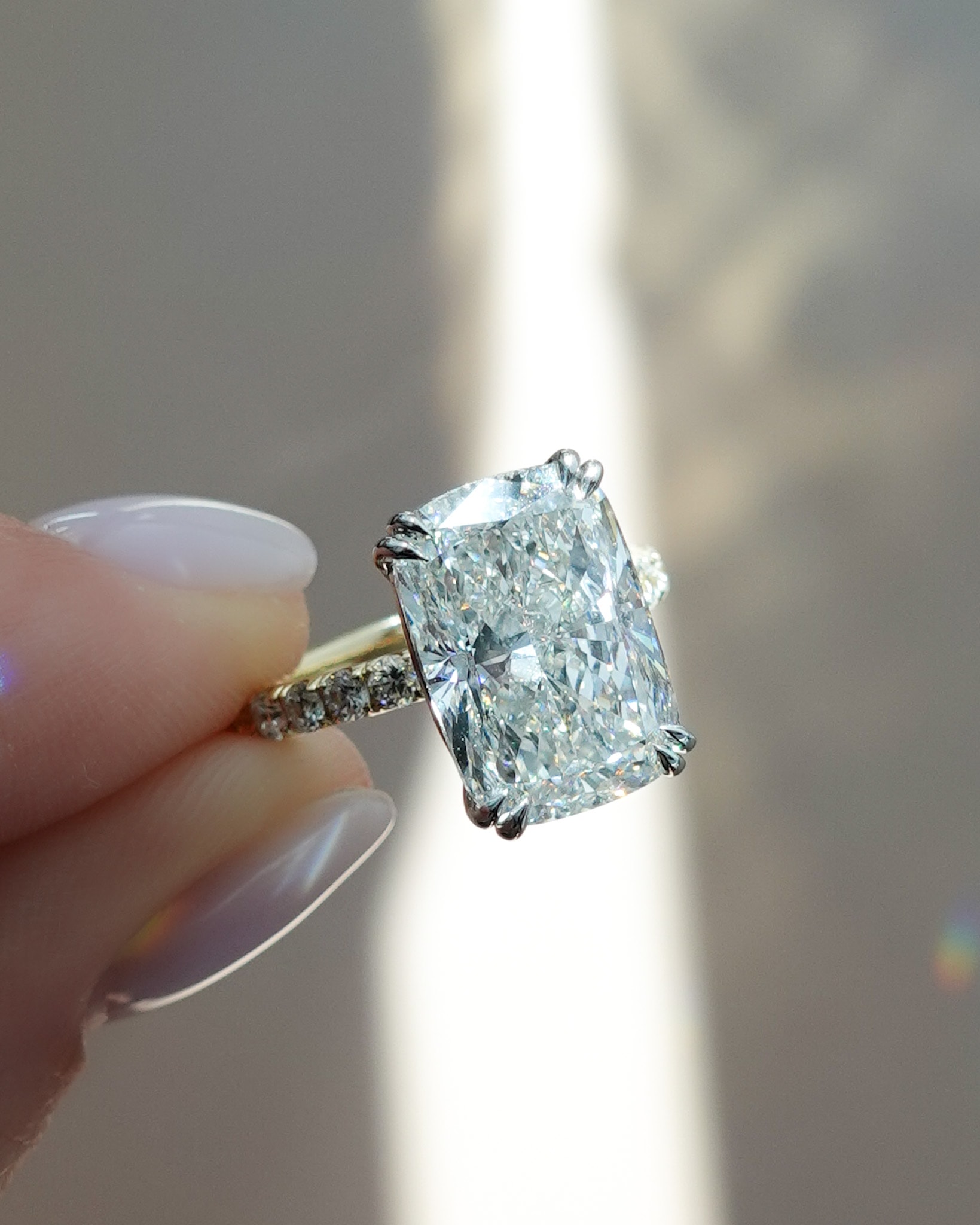
For centuries, they have captivated human imagination, graced jewelry collections, and served as tokens of commitment. However, as awareness of environmental sustainability and ethical concerns grows, the diamond industry has seen a significant shift. Enter lab grown diamonds, a revolutionary innovation that is transforming the market by offering stunning, sustainable, and smart alternatives to mined diamonds.
Are created using advanced technological processes that replicate the natural diamond formation. Unlike traditional diamonds, which are mined from deep within the Earth, lab-grown diamonds are produced in controlled environments using either high-pressure, high-temperature (HPHT) or chemical vapor deposition (CVD) methods. These processes yield diamonds that are chemically, physically, and optically identical to their mined counterparts. The result is a gem that possesses all the brilliance and durability of a natural diamond but comes with several compelling advantages.
One of the most striking benefits of lab grown diamonds is their sustainability. Traditional diamond mining is an energy-intensive process that often leaves significant environmental scars, including deforestation, habitat destruction, and greenhouse gas emissions. By contrast, lab-grown diamonds require far fewer natural resources and produce a fraction of the environmental impact.
The controlled settings in which these diamonds are made also eliminate the risk of unregulated mining practices that can lead to environmental degradation. For eco-conscious consumers, choosing a lab-grown diamond is an opportunity to make a statement about their values while still enjoying the beauty of a dazzling gemstone.
Ethics also play a crucial role in the appeal of lab-grown diamonds. The traditional diamond industry has faced criticism for decades due to the prevalence of conflict diamonds, or “blood diamonds,” which are mined in war zones and sold to finance armed conflict. While significant strides have been made to curb the trade of conflict diamonds, the risk remains in certain regions. Lab grown diamonds, on the other hand, are entirely free of such concerns. Their traceable origins and transparent production processes offer peace of mind to buyers who want to ensure their purchase supports ethical practices.
In addition to their ethical and environmental advantages, lab grown diamonds are also an economically smart choice. On average, they cost 20-40% less than mined diamonds of comparable size and quality. This price difference allows consumers to purchase a larger or higher-quality stone within the same budget. For those planning a special purchase, such as an engagement ring, lab-grown diamonds provide an opportunity to get more value without compromising on beauty or authenticity.
Despite their benefits, lab grown diamonds initially faced skepticism within the jewelry industry. Critics argued that these gems lacked the rarity and romanticism traditionally associated with mined diamonds. However, as consumer awareness has grown and technological advancements have improved production techniques, lab-grown diamonds have gained widespread acceptance. Reputable certification organizations, such as the Gemological Institute of America (GIA) and the International Gemological Institute (IGI), now offer grading reports for lab-grown diamonds, further solidifying their status as genuine gemstones.
Technological advancements continue to drive the popularity of lab grown diamonds. Innovations in CVD and HPHT methods have enabled manufacturers to produce diamonds of exceptional clarity and color, often surpassing natural stones in quality. These advancements also allow for customization, offering consumers the option to choose specific cuts, colors, and carat sizes. The ability to tailor a diamond to personal preferences adds an extra layer of appeal, particularly for those seeking unique pieces.
Lab-grown diamonds have also garnered attention in the fashion world. Leading designers and brands are increasingly incorporating them into their collections, recognizing their alignment with modern values of sustainability and ethical responsibility. As celebrities and influencers showcase lab grown diamond jewelry on red carpets and social media platforms, the trend continues to gain momentum. This visibility has helped dispel myths about their inferiority and positioned lab-grown diamonds as a chic and contemporary choice.
For consumers, the decision to choose a lab-grown diamond goes beyond aesthetics. It represents a thoughtful consideration of the environmental and ethical impact of their purchases. By opting for a lab grown diamond, buyers can enjoy the same brilliance, fire, and scintillation as mined diamonds while supporting a more sustainable and equitable industry. Whether for an engagement ring, a gift, or a personal indulgence, lab-grown diamonds offer a modern way to celebrate life’s special moments.
The rise of lab-grown diamonds signifies a broader shift in consumer attitudes and priorities. Today’s buyers are increasingly looking for products that align with their values, from eco-friendly clothing to fair-trade coffee. In this context, lab-grown diamonds fit seamlessly into a world where sustainability, ethics, and innovation intersect. As awareness continues to grow, they are poised to become a cornerstone of the jewelry industry, redefining what it means to shine responsibly.
In conclusion, lab grown diamonds are not just a trend but a transformative force in the world of fine jewelry. They offer a stunning, sustainable, and smart alternative to mined diamonds, meeting the needs of modern consumers without compromising on quality or beauty. By choosing lab-grown diamonds, individuals can embrace a future where luxury and responsibility coexist, proving that brilliance is not only about how a gemstone sparkles but also about the values it represents.




